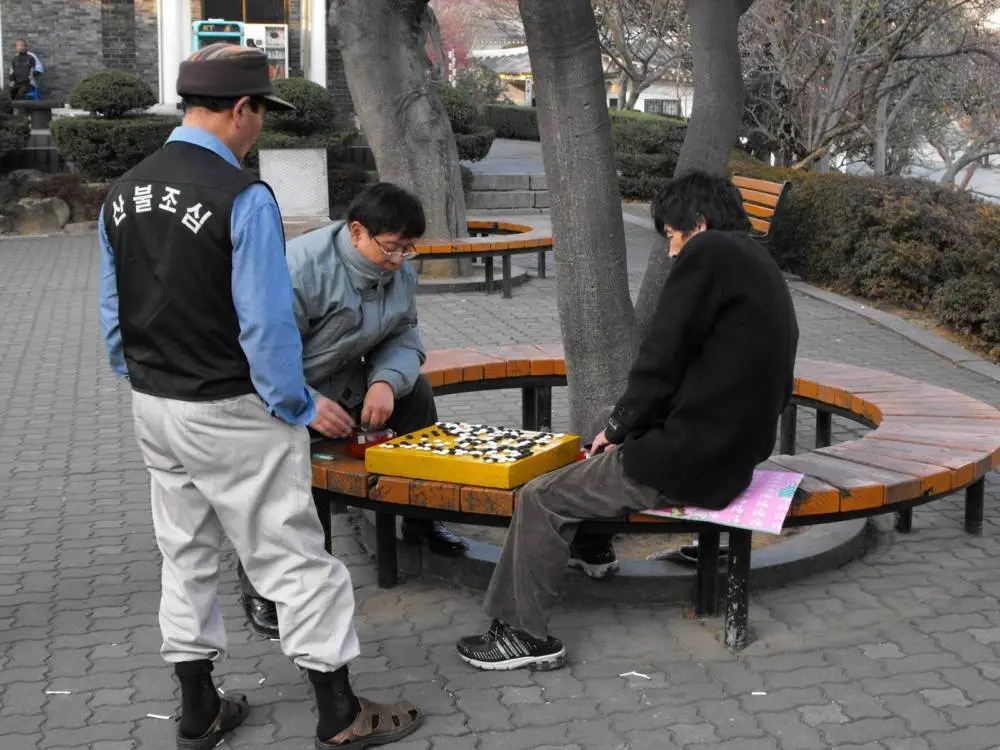
충 녈 사 (Chungnyeolsa) is a shrine dedicated to a number of Koreans killed during the Japanese invasion from 1592-1599. Imagine a small number of unprepared Koreans attempting to fight off a Japanese invasion force that was armed with matchlock guns – sound like anything from your own history book? The shrine was first built in 1605, then moved in 1652 to its current location where a lecture hall was added. In 1709, 1736, and 1772, more people were enshrined in honor of their heroics, and has been repaired several times since then. The current shrine you can visit today is over 90,000 square meters, including a main hall, fifteen other structures, a small park, a pond, and a hiking trail to the remains of Dongnae Fortress. The result? A beautiful place to spend an afternoon reflecting on history and Korean patriotism. The above monument greets you as you as walk in – 28.6 meters high, showing six various figures to represent “the resolute unity of Koreans in defending the nation.”
After arriving and walking through the parking lot, buy a ticket (the pauper’s price of 200 won – about 15 cents), and enjoy a view of the pond (named Uijungji, by the way). Since the shrine is built much like a palace, expect to climb some stairs to reach the next level up – then look up and find more stairs. There’s three sets of stairs to reach the Main Hall, which we’ll *huff* get to *huff* in awhile.
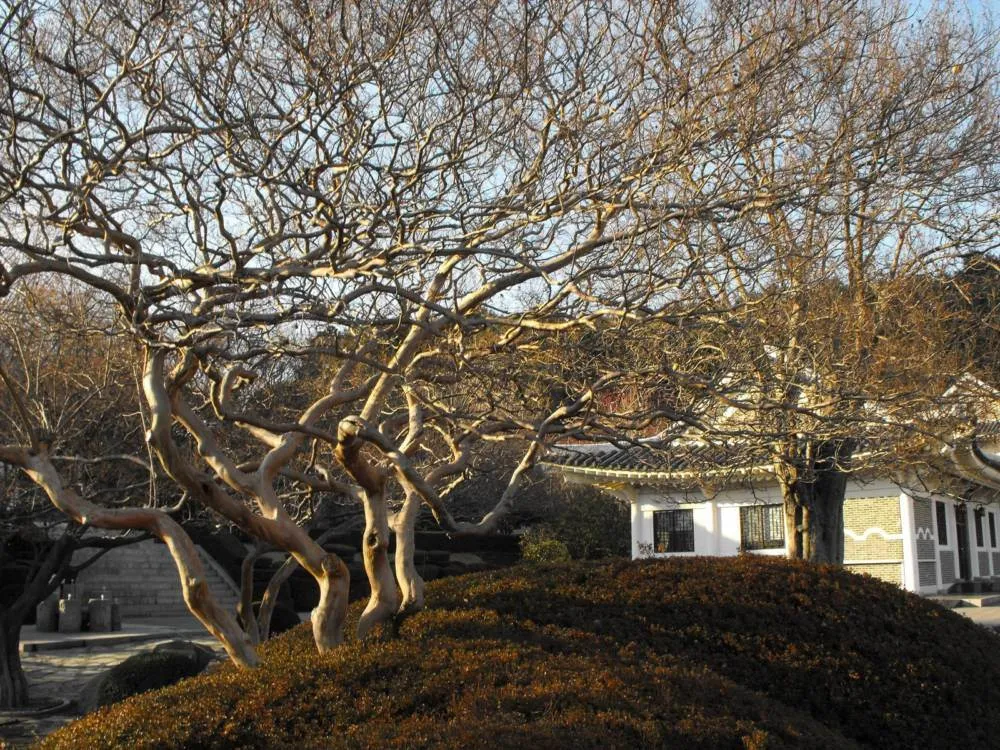
Some of the gnarled-looking trees that give the place a more aged look.
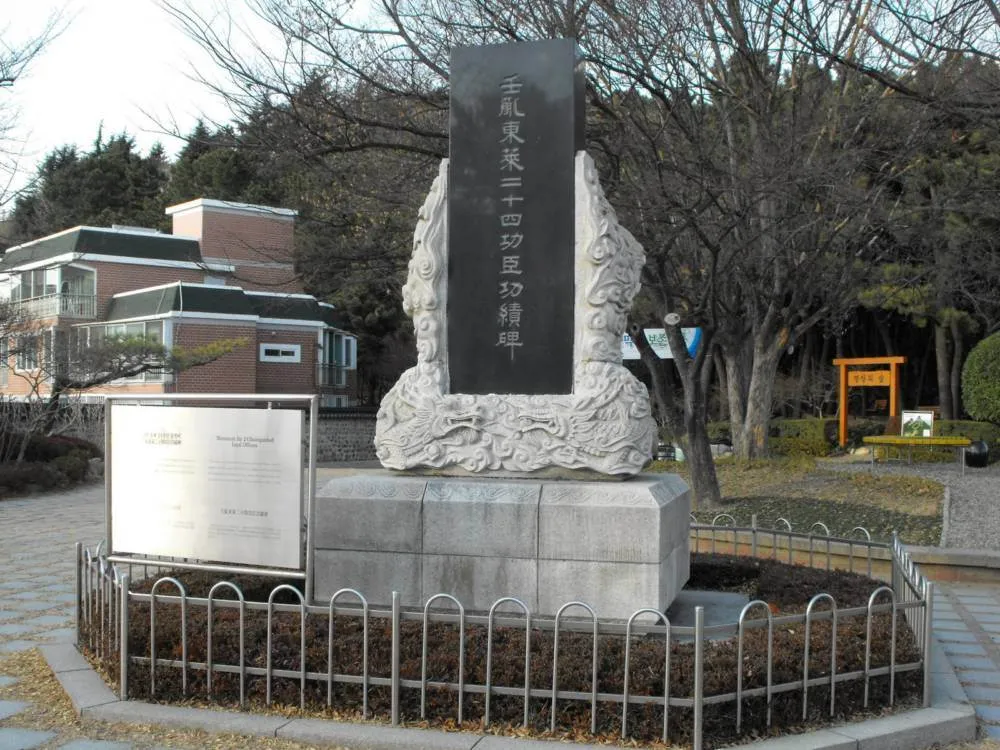
A monument for “24 Distinguished Loyal Officers”, placed here in May 1988. Go up the hill towards a small walking trail / park, and another walking trail which leads to the remains of Dongnae Fortress (the trail, unfortunately, was closed when I passed by the entrance).
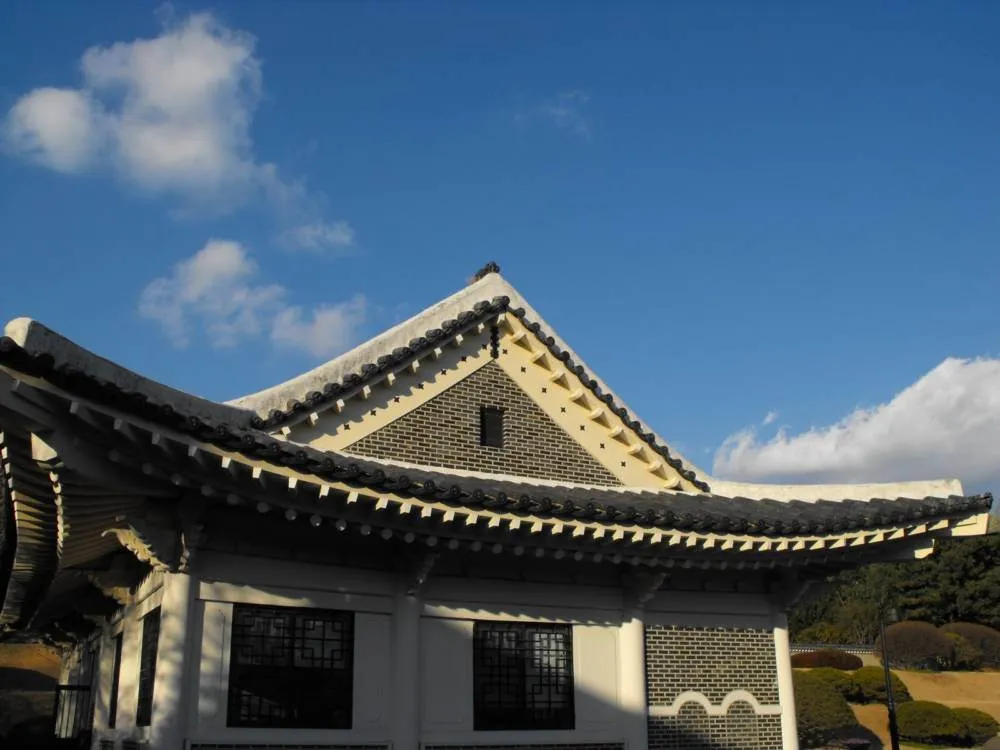
How would you like this as your office?
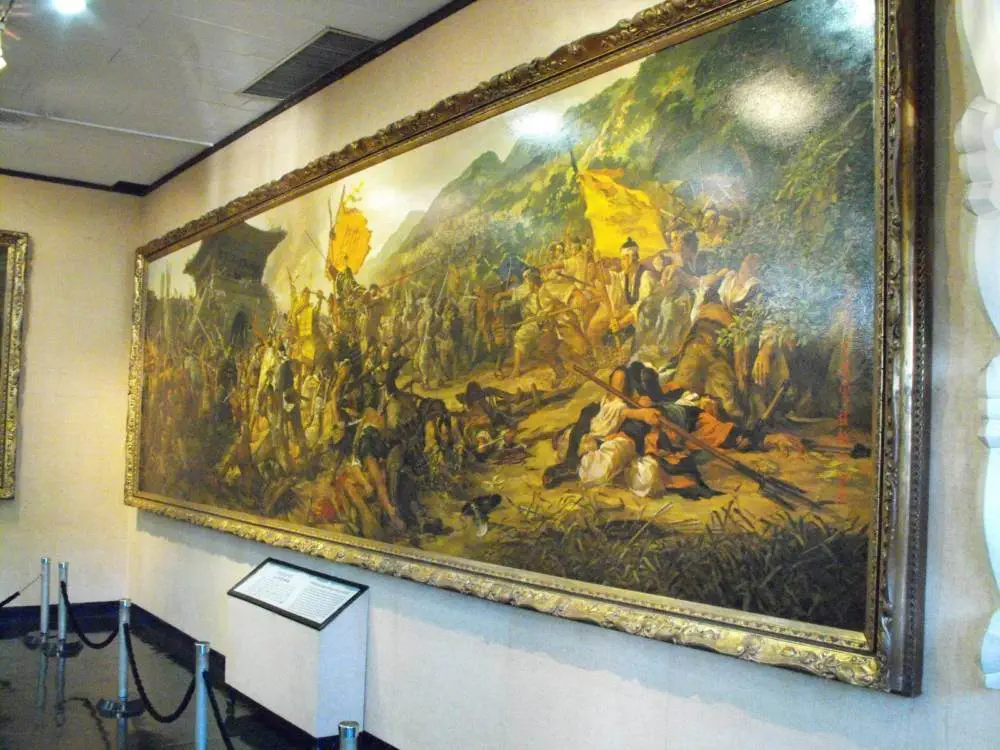

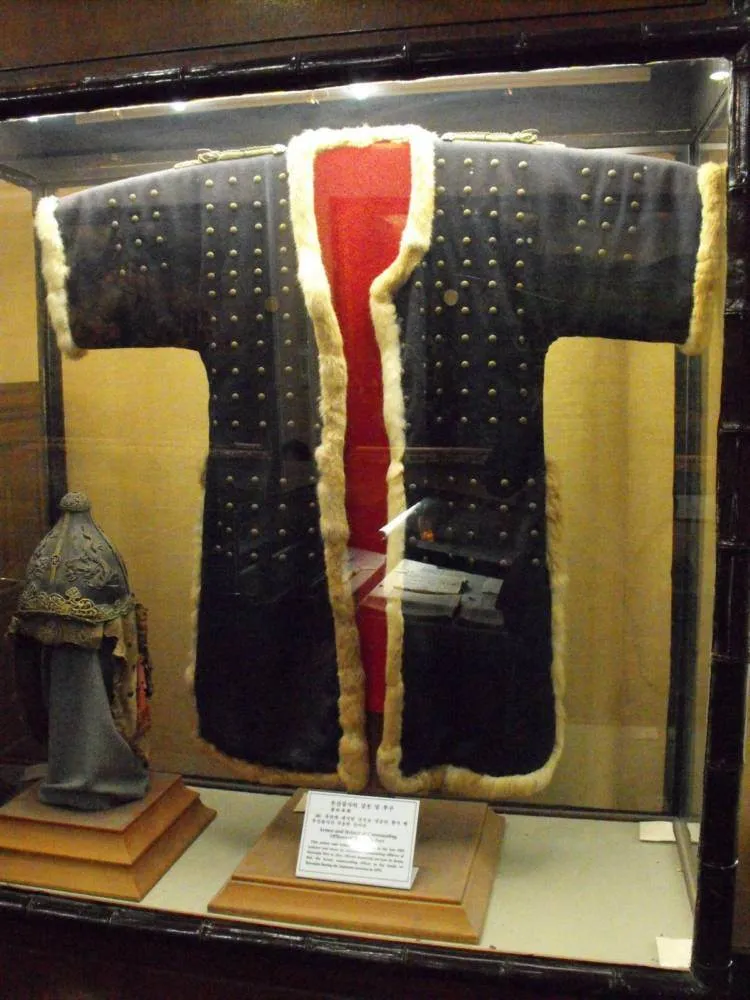
Armor and helmet worn by commanding officers of the Busanjin fort during the late 18th century when they commemorated Jeong Bal.
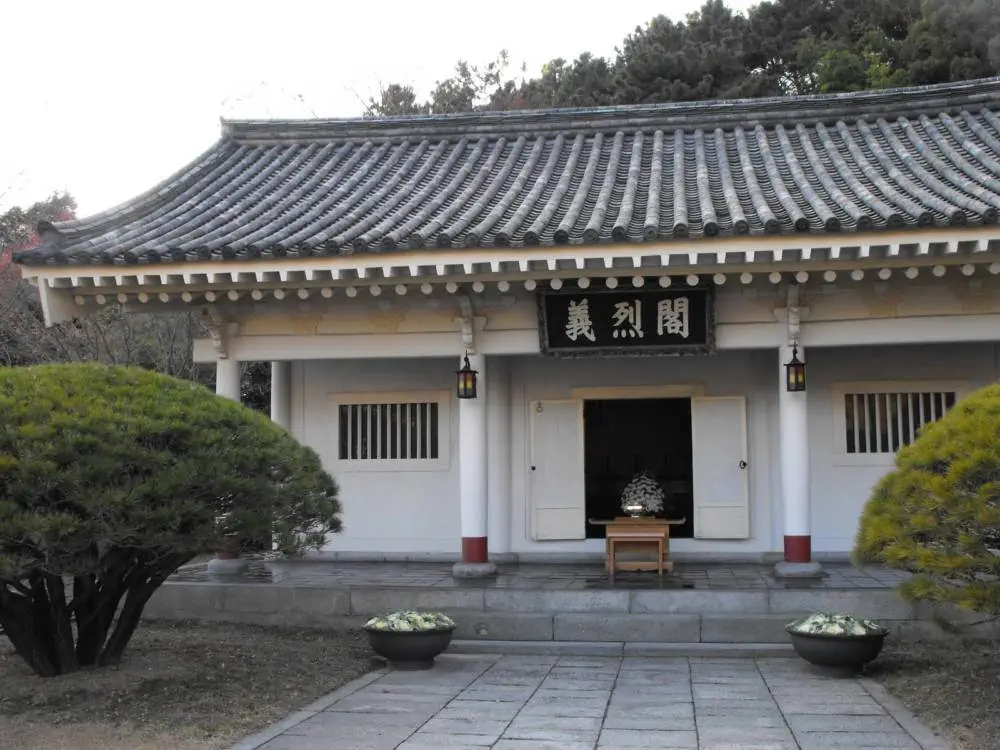
Named Uiyeolgak, this shrine is dedicated to four Korean women – two who died after throwing roofing tiles at the Japanese, and two mistresses who died during the battle. Of interest to your nose: some sweet smelling incense just outside the hall.
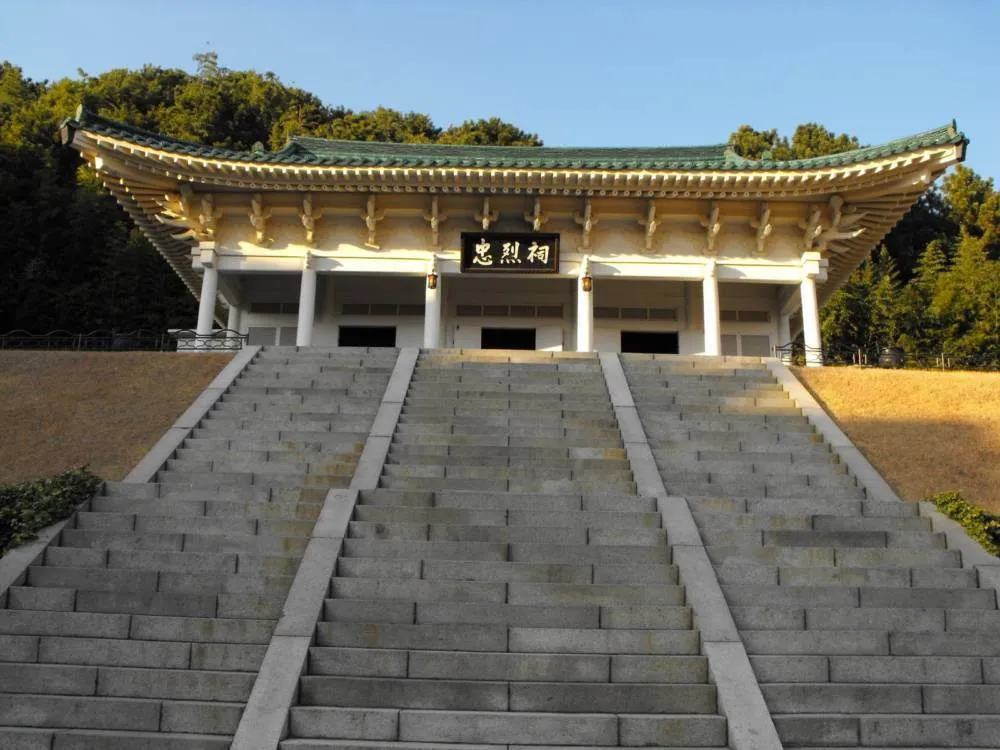
Finally *huff* you reach *huff* the Main Hall. All it takes *huff* is one more *huff* set of stairs.
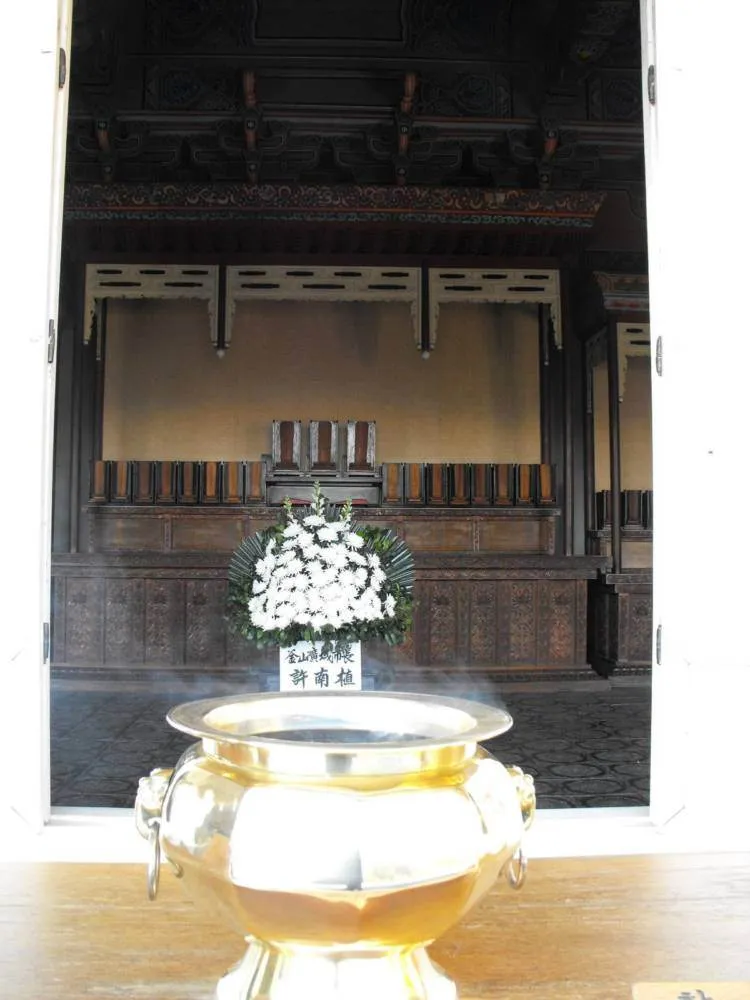
Some more incense, and a wooden block for each of the Koreans enshrined here.
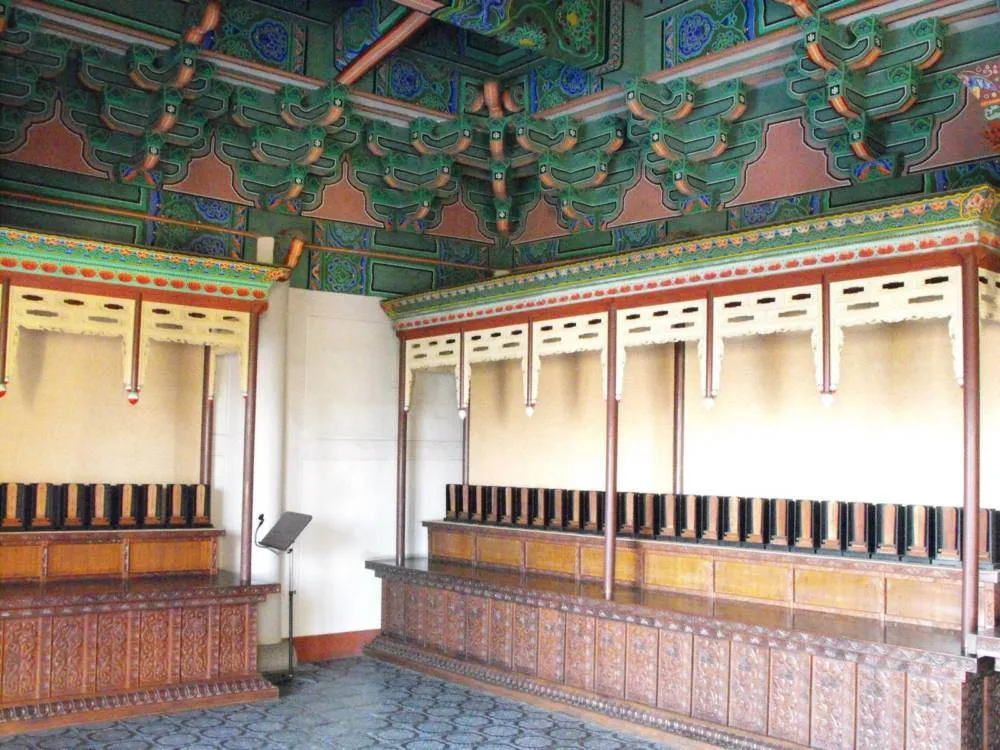
Quite a few of them here – about 85, by my count.
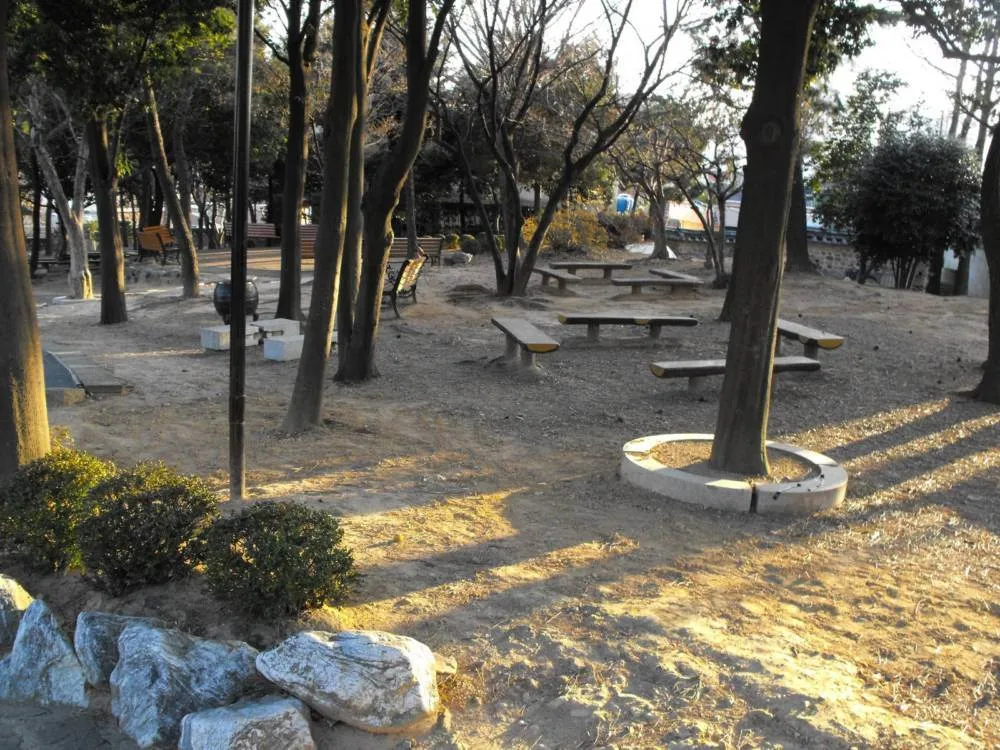
A small park to relax in on the way down.
